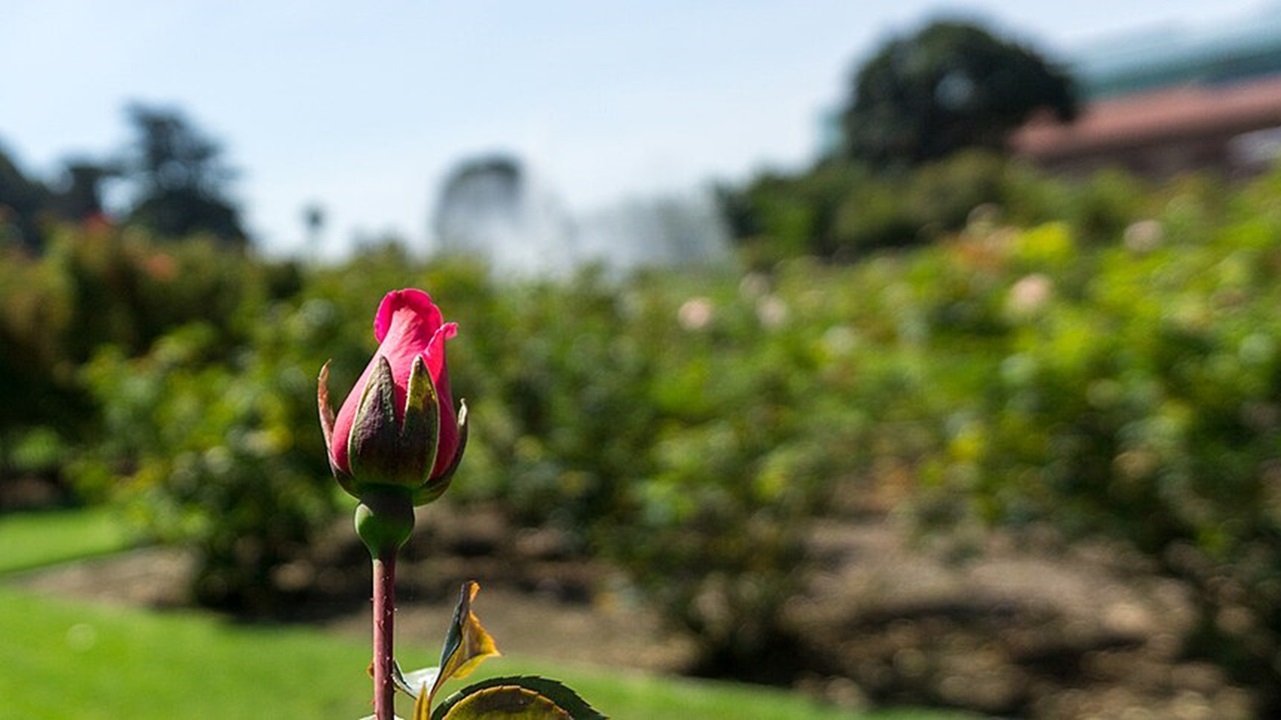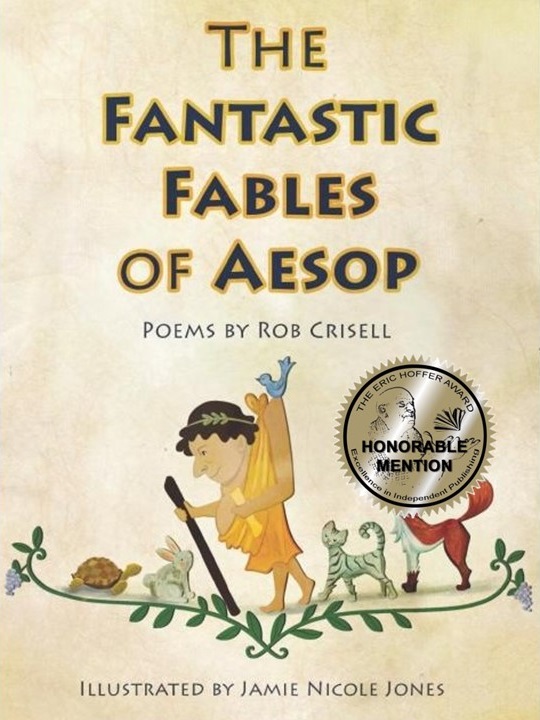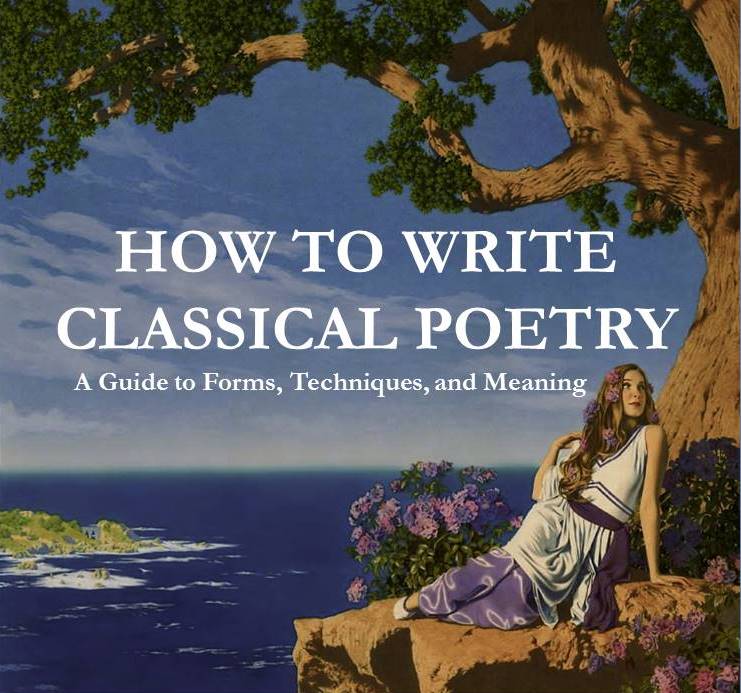.
Spring’s Unfolding View
—after Dylan Thomas’ “The force that through the green fuse drives flower”
The force that through the green fuse drives the flower drives me new,
that blasts the roots of trees, likewise is my destroyer too;
and I am dumb to tell the crooked rose this, as are you;
that my age now is bent as well by spring’s unfolding view.
Bermuda grass is dormant, tan, and dry, as straw accrued,
and rosebush stems, are crinkled, wrinkled, really hard and crude;
the leafless oak without its cloak, is gray, contorted wood;
but all of this alive, that drives and thrives, God found was good.
Still, I am dumb to tell how time ticked heaven round the stars,
but, for as long as I can I will drive despite time’s bars.
.
.
Bruce Dale Wise is a poet and former English teacher currently residing in Texas.















One of the finest images I’ve ever read: “I am dumb to tell how time ticked heaven round the stars”.
A lovely poem about the passage of time, and resilience in the face of it.
Thanks for the read, Bruce.
Bruce, this is a precious view of Spring; well-rhymed and well-conceived.
Although it was one of the earliest poems I came into contact with (over half a century ago), Dylan Thomas’ “The Force That Through the Green Fuse Drives the Flower” has remained with me all this time. Its title/opening line struck me with its monosyllabic “force” back then; but now thrills me with its play of pentameter lines, and propensity for longer periods (i.e., dimeters and leisurely enjambment). I admire his aural play as well, seen and heard especially in works, like “Fern Hill”.
as per Bard Eucewelis
What has most amazed me this year about Spring is how fast it has come. I have only just finished raking the giant ornamental pear trees; and their white flowering blossoms have appeared and fallen like snow to the new greening lawn. Across this urban landscape, the pink, purple and orange flowers have vanished as quickly as the Japanese cherry trees of Washington DC; and throughout the City here so many trees are turning green: sugarberry, elms, honey locust, mesquite, green ash, box elder, red oaks, et. al. In such a world one can become easily attuned to the sprung rhythms of Victorian Hopkins, via the verbal dexterity of PostModernist Dylan Thomas.
Glad to hear the force of spring is driving you, Bruce. You may feel dumb to address certain matters, but this fine tennos unfolds a lively view of the season, while it acknowledges challenge remaining in the garden and to the poet as winter departs. Without a challenge, no one develops the determination to overcome.
per B. S. Eliud Acrewe:
“Sensibility alters from generation to generation in everybody.”
—T. S. Eliot
Although Dylan Thomas’ poetic style indulged in “immature violence, rhythmic monotony, frequent muddle-headedness, and a very much overweighted imagery that leads often to incoherence,” his British (Welsh) Modernism was nonetheless striking for several reasons, not least of which were his childhood memories brought to the force of poetry, in the Romantic tradition, via Wordsworth, et. al. However, in this poem, Thomas is in the immediate present; and that is one reason why I have used his poem here now in the 21st century. As Ms. Coats notes, I have used a tennos to do so.
a response from Sbree Dalie Wuc:
Despite the freezing weather, th’ orange Sun rose in the East,
that glaring, nuclear-bright Orb, more mighty than all beasts.
It was el día del garbaje, time to clean the house,
but also trim some trees, and knock the growing, wasp nests down.
Rose bushes are alive with brand new buds, despite the cold;
and all across them, bright, pink flowers are made manifold.
The oaks are leaving winter with green leaving on their limbs;
above the lawn and hedges, stimulated blossoms shim.
Despite the bracing weather, plants and animals go on.
It’s good to see and be with all this hardiness at dawn.
According to Beau Lecsi Werd, “shim” is a trunc.
I agree that the quotation from Dylan Thomas envisions the immediate present (no romanticist harking back to childhood), and that Bruce Dale Wise too chooses a place at that point of time. The contrast of spring and age in the poem is made in order to assert that God finds all life good. Ultimately it emphasizes individual effort in the present, when the poet affirms, “as long as I can I will drive.”